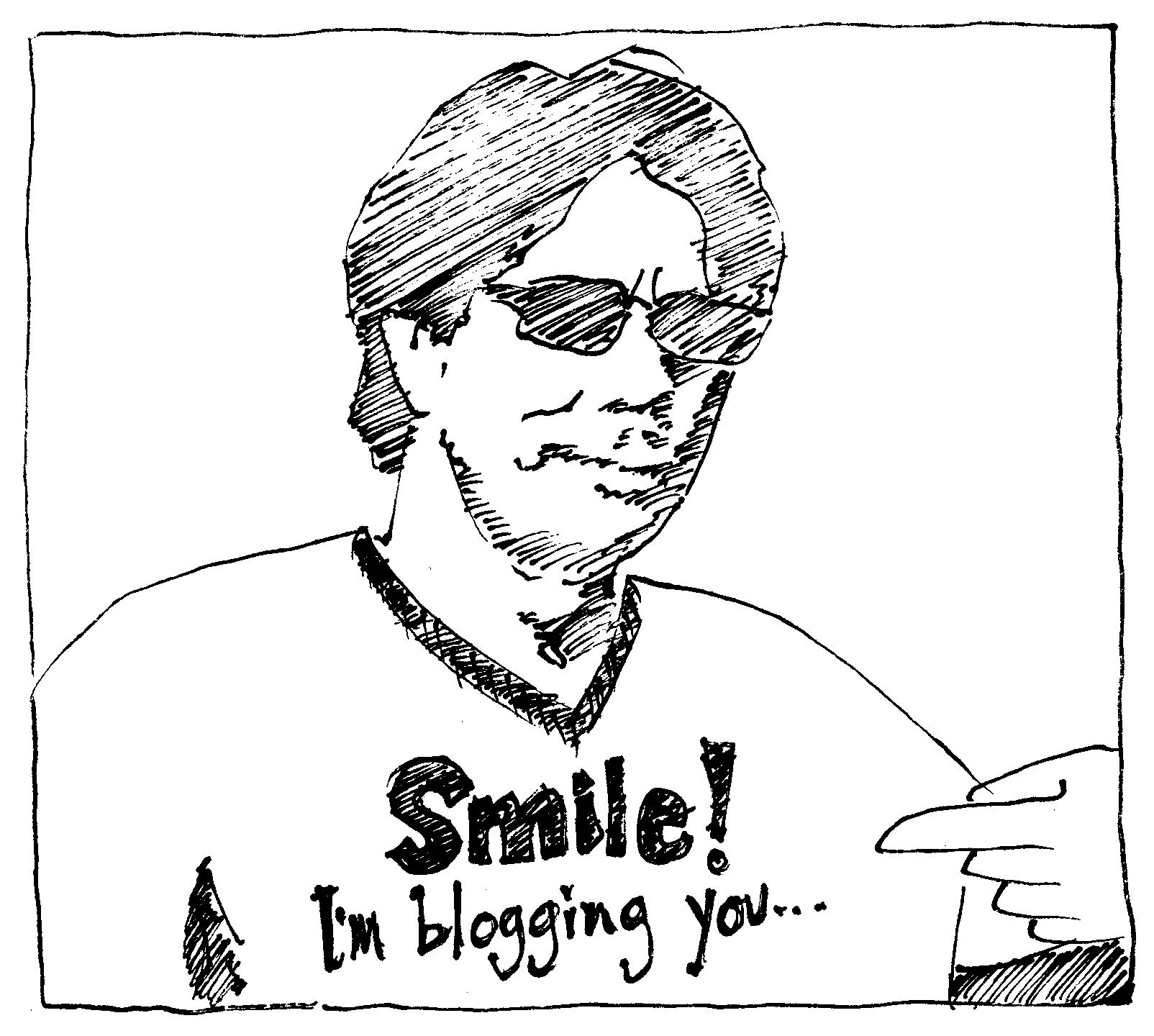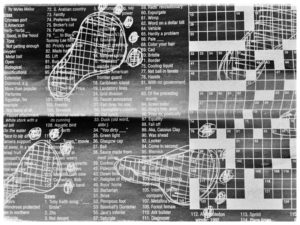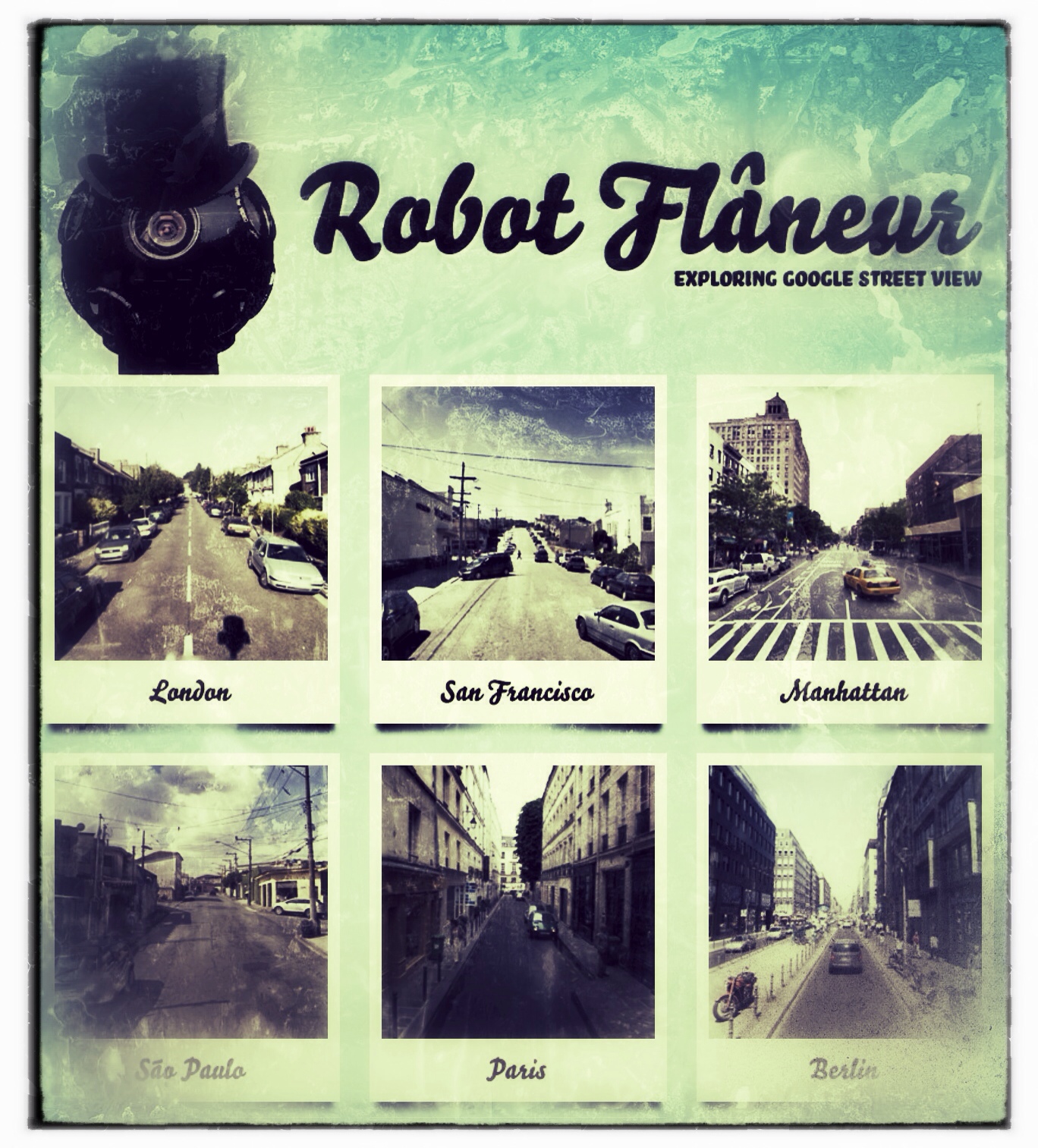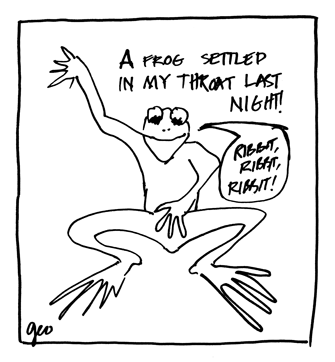
Smile! I'm blogging you... (image of and by virtualDavis)
I remember seeing a t-shirt for sale once that said, “I’m blogging this.” Nothing more. Just a black t-shirt with bold white lettering across the front. I’m blogging this!
I should have bought it. It would make people laugh. People who know me. Especially the ones who don’t quite get it. Blogging, I mean.
But I didn’t buy it. I liked the idea, but I wanted to edit the message slightly as follows:
Smile! I’m blogging you…
On the one hand, it’s humorous, and on the other it’s an increasingly relevant disclaimer. The “fine print”. Not just for me, but for all bloggers. All journalists, storytellers, writers, artists, etc.
What do I mean by relevant? We are photographing and video recording and quoting each other around the clock nowadays. Look at the ubiquity of blogging, micro blogging, YouTubing, Facebook-ing and Google Plus-ing. We are busy documenting our lives as well as anyone else who flits across our paths.
I walked down Madison Avenue this evening as a man filmed all of us. Not a news reporter, but a plain clothed civilian. John Doe. Or Juan Sanchez… Why was he filming us? What will he do with our stolen souls? Thievery! Or not…
Smile! I’m blogging you…
One of my favorite English language writers, Michael Ondaatje, returns again and again to the theme of thievery in his writing. It’s a large part of storytelling. I suspect many writers, artists, etc. ponder the idea.
I prefer to think of storytellers as borrowers, not kleptomaniacs. We borrow characters, scenes and plots. We borrow the smell of bacon cooking three doors down, the sound of a cello being practiced (badly) somewhere on the other side of an overgrown juniper hedge.

Vicente Huidobro (image via Wikipedia)
Not all writers admit that they are recyclers, borrowers or thieves. Chilean poet Vicente Huidobrodeclared, “The poet is a little God.” He aspired to invent worlds of words out of thin air and ambition. I invite you to evaluate his success.
With the advent of widespread social media it’s easier and more enticing than ever to collect and curate the perfect pair of eyebrows, the seemy backstory, the unpredictable twist of fate, the melodic denouement peppered with the fragrance of jasmine and fireworks on a summer evening… All from the comfort of our own desktops. Or smart phones. The 21st century storyteller is everywhere you are.
Of course, flanerie still serves the storyteller well, but his boulevards have been extended exponentially. I am an unabashed flaneur, but not just in the Baudelarian sense. I’m an urban flaneur, but I’m also a rural flaneur. I’m a café and sidewalk flaneur, but I’m also a digital flaneur. And I’m collecting and curating 24×7 (to the occasional regret of my bride and friends, I hesitate to add.)
I apologize. I understand that not everyone wants to be onstage all the time. Not everyone wants to have their almost lofty soufflé or their offkey arias recorded for posterity. I get it. I’m with you.
But, I can’t resist. You’re interesting. Not just your eyebrows and your bacon and your cello practice and your seemy backstory and your perennially deflated soufflé and your upside down melodies. You.
But rest assured that mine is an imperfect lens, a distorted microphone. I won’t steel your soul. I promise. I can’t. It’s yours as long as you choose to nourish it. I will borrow liberally, borrow, not steel, and I’ll do so with a sometimes distorted, always playful filter.
Will you lend me the mischievous glimmer in your eye when I ask you what you want for Christmas? Will you lend me the fierce gate, knees high, hips restrained, stride impossibly long that I remember from the first time I watched you walk toward your airplane when heading back to New York City from Paris? Will you lend me your hurt and confusion and quirks and dreams?
I’ll do my best never to betray you, and I’ll always resist your soul.
I promise.
Like this:
Like Loading...



















